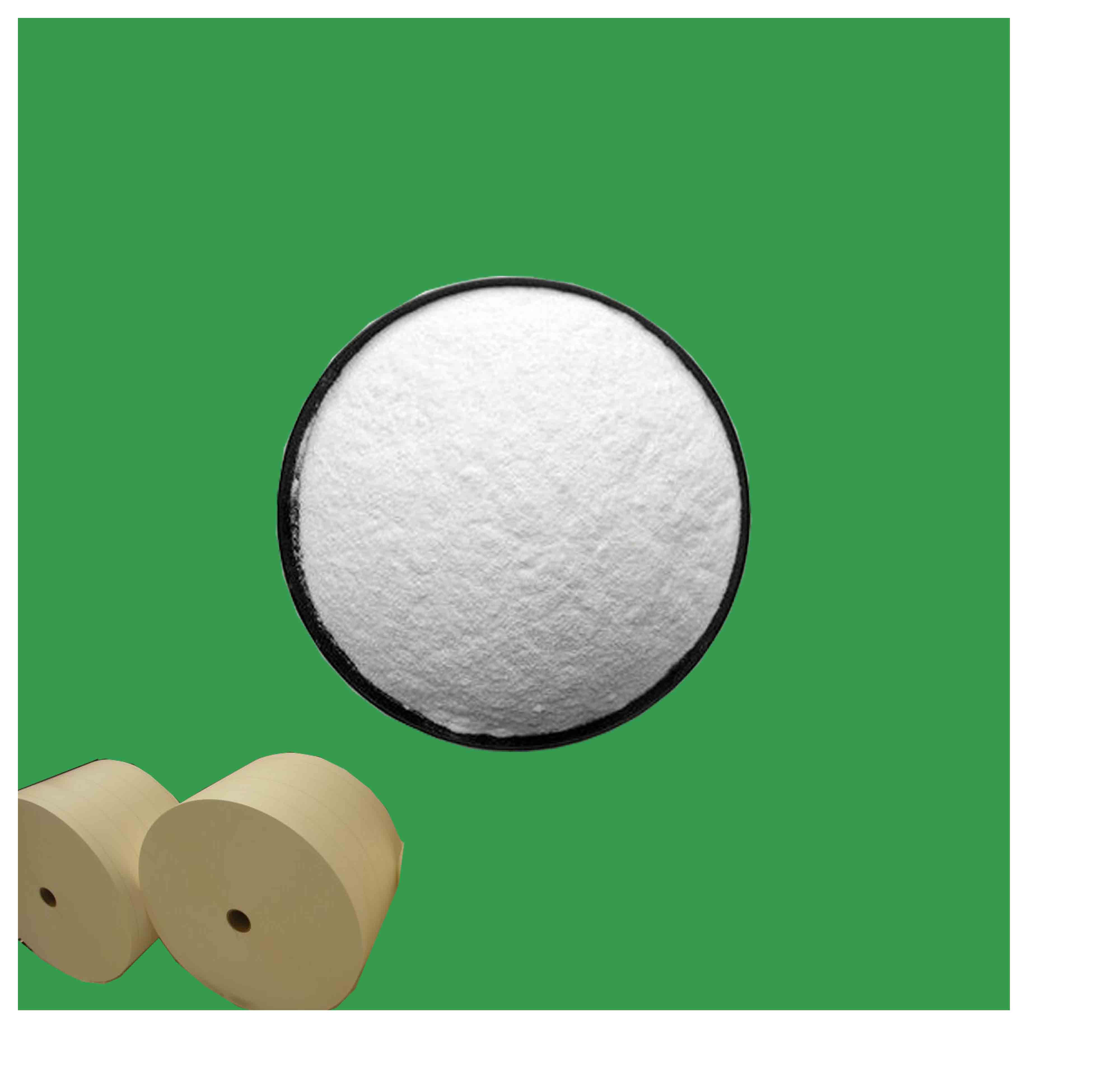
Aug . 14, 2024 11:47 Back to list
Exploring the Properties and Applications of Titanium Oxide in Modern Technology and Industry
The Versatility and Applications of Titanium Oxide
Titanium oxide, commonly referred to as titanium dioxide (TiO2), is a widely used inorganic compound with a rich history and a broad range of applications in various industries. Renowned for its exceptional properties, this compound is an essential ingredient in everyday products, including paints, coatings, plastics, and even food.
One of the most notable characteristics of titanium dioxide is its brilliant white color and excellent opacity. This makes it a popular choice as a pigment in the paint and coatings industry, where it provides high coverage and brightness. It is used in everything from household paints to automotive coatings, playing a crucial role in enhancing the aesthetic appeal and durability of surfaces. As consumers increasingly seek high-quality finishes, the demand for titanium dioxide in this sector continues to grow.
The Versatility and Applications of Titanium Oxide
Another key application of titanium dioxide is in the food industry. It is often used as a food additive to enhance the color and appearance of various products, such as candies, dairy items, and baked goods. Although generally recognized as safe by food safety authorities, there are ongoing discussions regarding the long-term health effects of ingesting titanium dioxide, particularly in nanoparticle form. As a result, some countries are re-evaluating its use in food products, highlighting the need for continuous research and regulation.
titanium oxide

In the field of cosmetics, titanium dioxide acts as a physical UV filter. It provides broad-spectrum protection against harmful UV rays, making it a staple ingredient in sunscreens and makeup products. Its non-toxic nature and stability under UV exposure contribute to its preference over chemical sunscreens, especially for sensitive skin types. The growing awareness of skin health and the harmful effects of UV radiation has driven the expansion of titanium dioxide in this market.
Moreover, titanium dioxide is used in the production of various ceramics and glass materials. Its ability to enhance the mechanical strength and thermal stability of these materials makes it a valuable additive in manufacturing processes. As technology continues to advance, the demand for titanium dioxide in advanced ceramic applications, such as electronics and biomedical devices, is expected to rise.
Despite its many benefits, the production and use of titanium dioxide are not without controversy. Environmental concerns related to its mining and manufacturing processes have led to increased scrutiny. Advocates for sustainable practices are calling for greener production methods and alternatives to reduce the ecological footprint of titanium dioxide, ensuring that its benefits do not come at a significant cost to the planet.
In conclusion, titanium oxide is a versatile compound that plays a vital role across multiple industries. From enhancing the quality of paints and cosmetics to its potential in environmental applications and food products, TiO2 continues to be an essential substance in modern life. As research advances and the industry adapts, the future of titanium oxide looks promising, with ongoing innovations aimed at maximizing its benefits while minimizing any adverse effects. The challenge remains to balance its industrial utility with sustainable practices, paving the way for a more environmentally friendly future.
-
Premium 6618 Titanium Dioxide for GPT-4 Turbo Applications
NewsJul.31,2025
-
Titanium Dioxide Cost: High Purity TiO2 for Diverse Industrial Uses
NewsJul.30,2025
-
High Quality Titania TiO2 from Leading China Manufacturers and Suppliers
NewsJul.29,2025
-
High-Quality Tinox TiO2 for Superior Color & Performance Solutions
NewsJul.29,2025
-
High Quality Titania TiO2 from Leading China Supplier & Manufacturer
NewsJul.29,2025
-
High-Performance r6618 TiO2 for Superior Whitening and Versatility
NewsJul.28,2025
